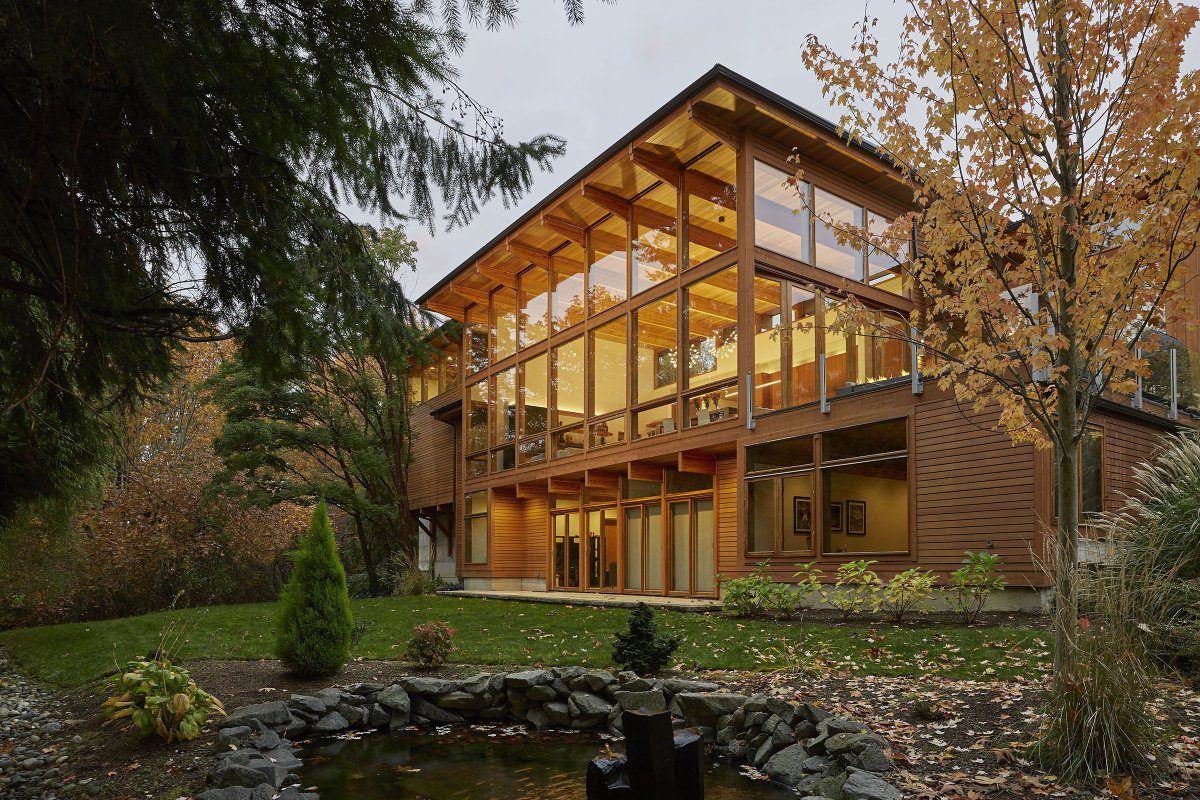Lindal Cedar Homes was established by Sir Walter Lindal in the end of 1944 in Toronto, Canada as Colonial Homes. Lindal studied architecture at the University of Ottawa and sold lumber before World War II. During the war he served in the Canadian Army Corps of Engineers and became interested in prefabricated housing. Lindal originally picked Toronto as it was at that time Canada’s fastest growing city.

In 1962, the company built a sawmill outside Vancouver, British Columbia, next moved to Tacoma and finally settled in Seattle in 1971. Since 1950s it is the largest North American manufacturer of prefabricated cedar homes. In the mid-60s, after relocating to Tacoma, the company entered the A-frame house’s market. In 1965 it developed a patented low-cost A-frame house that made it the market leader in this segment.
In 1971, Lindal Cedar became a public company and traded on NYCE until March 2001, when the family bought the company out. In 1973, the firm established a Japanese subsidiary, Lindal Cedar Homes K.K. It had, however, limited success in Japan selling only 50 or 60 houses a year in the early 90s.
In 1983, the company bought Justus, a US prefabricated homes company established in 1954, and added Justus designs to its product line. Around the same time, in 1982, it has discontinued its A-frame business. In 1999 the company had 180 showroom dealers.
In 2009, Lindal introduced Lindal Elements – a modern line of system-built home designs. Lindal also partnered with leading architectural firms internationally to create the Lindal Architects Collaborative series of homes designed by architects based on the Lindal system and exclusively for Lindal clients. As of 2014, the company had more than 3000 home designs.
The company’s concept was built on on high-quality materials and innovative designs. Their manufacturing concept is also unique, in as much as they produce kit homes, which is different than all other types of prefab construction. All of the parts of the house are manufactured in their factory, are labeled and shipped to the site where the house will be erected. This method allows the company to ship not only to nearby locations but internationally.
According to en.wikipedia and forbes.com. Source of photos: internet







